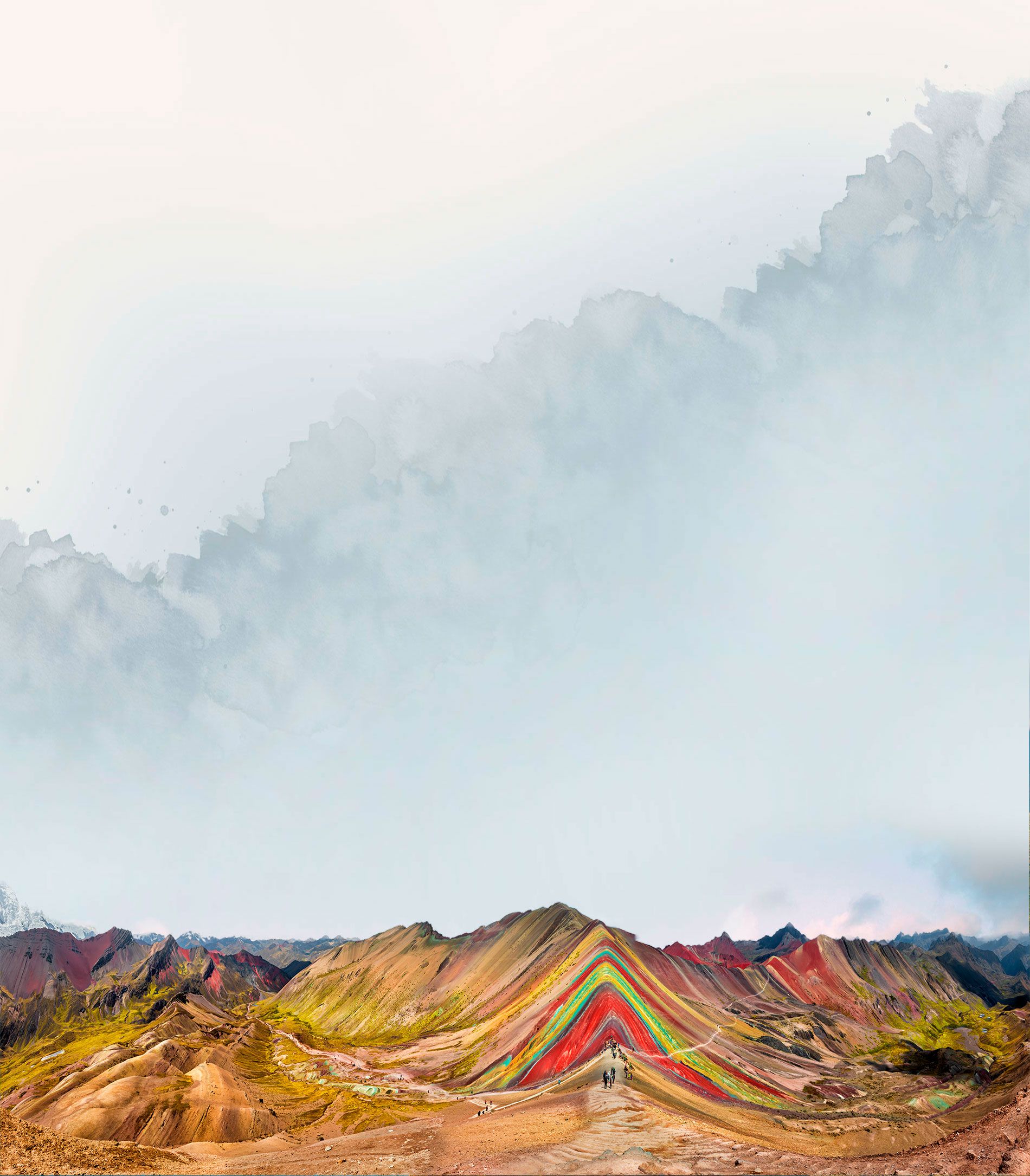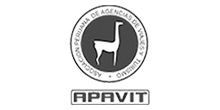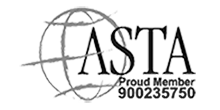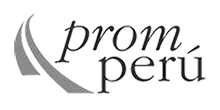info@gotoperu.com +1 (202) 491-1478
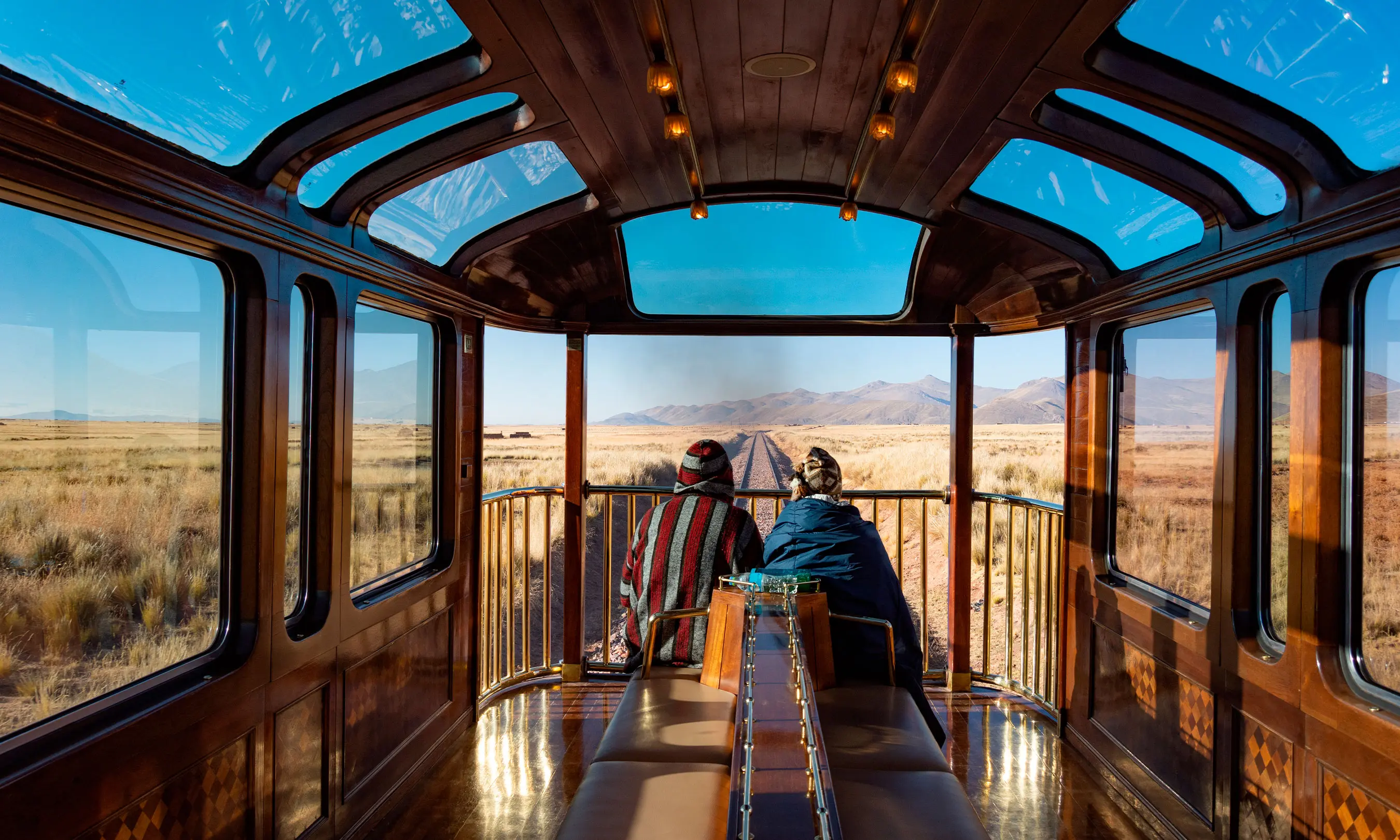
Local experts, clear answers
Travel Smart with GOTOPERU
Find clear answers to the most common questions about traveling to Peru and South America — from visas and currency to health, safety, and when to visit. Let our local experts guide you every step of the way.
Travel, Your Way!
Our travel specialists are here to help. Share your travel ideas, dates, and preferences — we’ll design a tailor-made journey that fits you perfectly.
